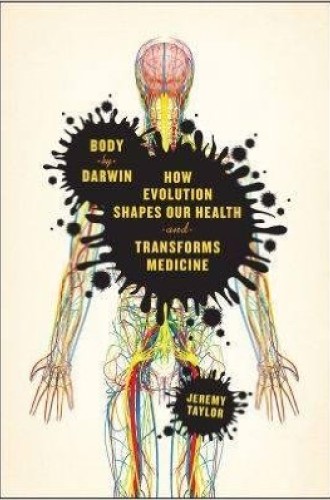Evolution heals
Some years ago, a French company developed a ready-to-use peanut-based therapeutic food to treat severe malnutrition. The simply made, vitamin-fortified paste requires no water, mixing, or refrigeration; it can be fed to those in need without admission to a hospital; and it has proven highly effective in preventing death or further illness in starving children in developing countries. When American physicians learned of the new product, they often asked about children who are allergic to peanuts. Schools in the United States, after all, set aside peanut-free lunchroom tables to prevent serious reactions in susceptible children.
As it turns out, peanut allergies—and food allergies in general—are rare in Africa, where the therapeutic paste is most often used. The best explanation for this is that children in developing countries, unlike those in much of the Global North, are exposed early and often to a variety of microbes, including wormlike parasites called helminths. The human immune system reacts to helminths and their ilk with the same cells, antibodies, and chemical signals implicated in allergic conditions. This question is not a matter of general cleanliness, as some have supposed, but of exposure and response to certain organisms that have accompanied humanity throughout most of its time on this planet. Only in the past two centuries has the combination of public sanitation and antimicrobial agents freed some of us from these so-called old friends, which unfortunately has permitted the immune system to turn some of its weaponry against the body itself, in the form of eczema, allergies, and asthma.
The old-friends hypothesis is incompletely understood and still controversial, but it may also explain why autoimmune diseases such as multiple sclerosis, inflammatory bowel disease, and type I diabetes are rare in tropical countries with high rates of parasitic infection. As the theory goes, when components of the immune system that were once crucial to human survival are underused, they may act in misdirected and poorly controlled ways. In fact, inoculating multiple sclerosis patients with relatively benign parasites, such as the pig whipworm, has shown promise as a way to temporarily reduce relapses and to slow progression of the disease.





